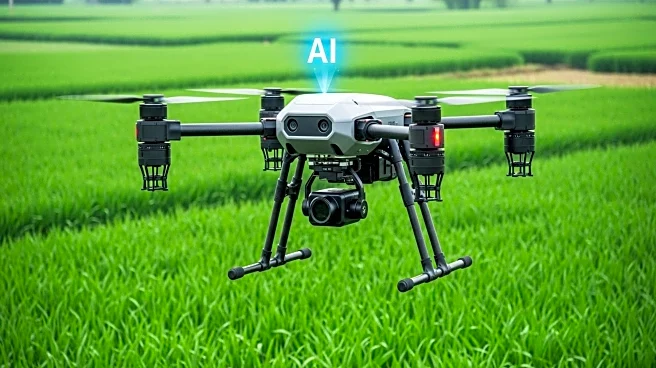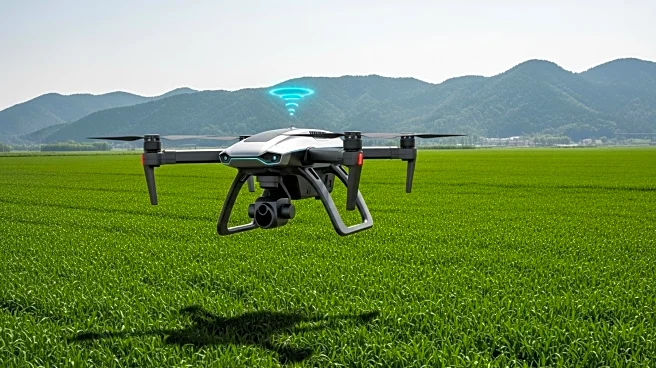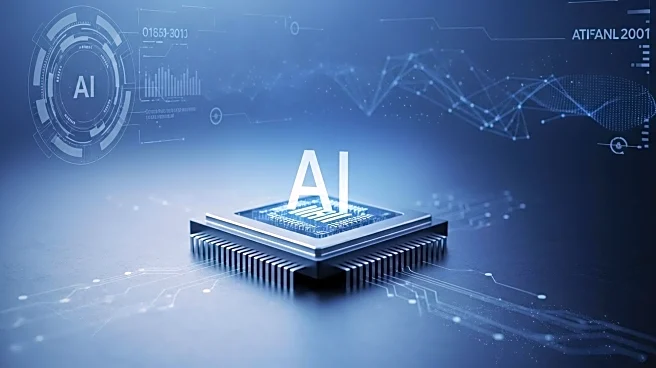What's Happening?
A study published in Scientific Reports highlights the role of artificial intelligence (AI) in promoting green agricultural development (AGD) in China's Yangtze River Economic Belt. The research identifies AI as a significant driver of AGD, with positive impacts extending beyond local areas through spatial spillover effects. Key mechanisms include enhancing human capital and fostering technological innovation. The study notes that AI's influence is more pronounced in grain-producing regions and less significant in the eastern areas. The research also explores the non-linear relationship between government financial support and AI's effectiveness, suggesting that excessive subsidies may weaken AI's positive impact on AGD.
Why It's Important?
The findings underscore the potential of AI to transform agriculture by improving efficiency and reducing emissions. As AI automates routine tasks, it shifts labor towards higher-skilled roles, enhancing human capital in rural communities. This shift is crucial for adopting green production methods and improving environmental awareness. Additionally, AI-driven technological innovation facilitates knowledge sharing and supports sustainable practices. The study's insights are particularly relevant for policymakers and stakeholders aiming to leverage AI for sustainable agricultural development, highlighting the need for balanced financial support and strategic policy interventions.
What's Next?
The study suggests that continued investment in AI and strategic policy support are essential for maximizing AI's benefits in agriculture. Policymakers may need to reassess financial support levels to avoid diminishing returns and ensure that AI continues to drive sustainable practices. The research also calls for further exploration of AI's spatial spillover effects and the development of targeted strategies to enhance AGD across different regions.












